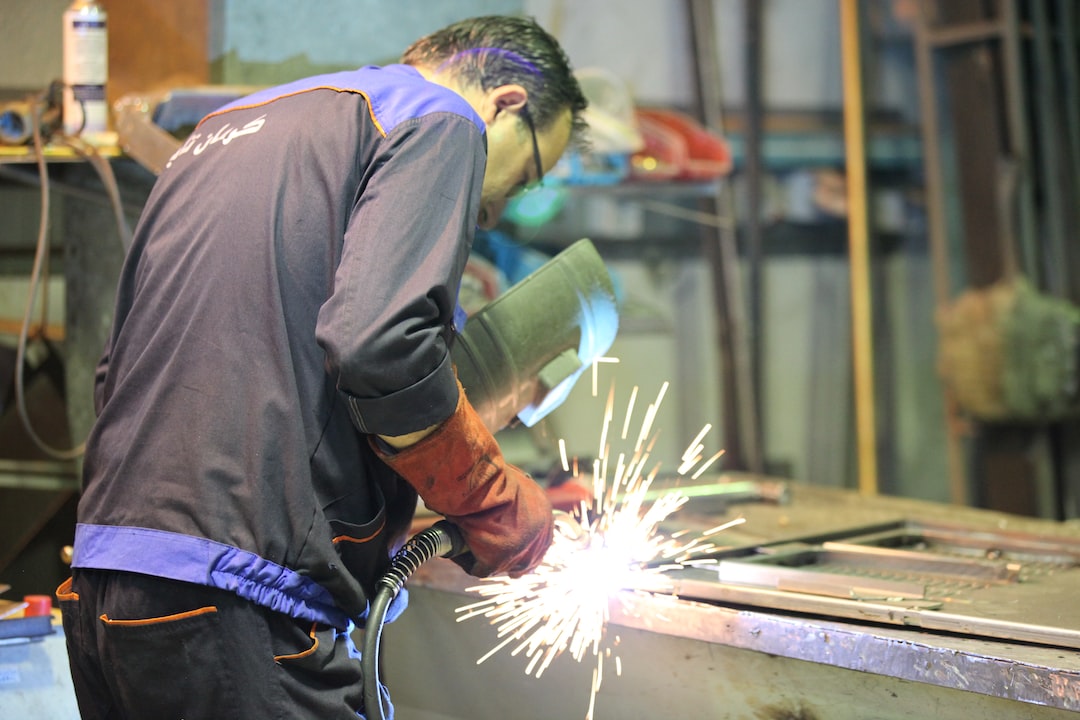Exploring Additive Manufacturing: Applications and Limitations
Additive manufacturing, also known as 3D printing, has emerged as a revolutionary technology that has transformed various industries. This groundbreaking process allows for the creation of complex objects by adding layer upon layer of material until the desired shape is achieved. While additive manufacturing has opened up a world of possibilities, it is important to understand both its applications and limitations in order to harness its full potential.
One of the key applications of additive manufacturing lies in rapid prototyping. Traditionally, creating prototypes was a time-consuming and expensive affair. With 3D printing, designers can quickly bring their ideas to life by creating cost-effective prototypes. This not only helps in evaluating the functionality and form of a product but also enables faster iterations and improvements. Furthermore, the ability to easily produce intricate designs with complex geometries provides designers with a level of freedom that was previously unimaginable. From simple household objects to intricate medical devices, additive manufacturing is proving to be a game-changer in the field of prototyping.
Another significant application of additive manufacturing is in the production of customized products. Mass production often falls short when it comes to meeting the unique needs and preferences of individuals. Additive manufacturing eliminates this limitation by allowing for the creation of personalized products on-demand. For example, in the healthcare industry, 3D printing has enabled the production of custom-made prosthetics, dental implants, and hearing aids. In the fashion industry, designers are experimenting with 3D-printed garments that are tailored to fit individuals perfectly. This personalization aspect not only enhances customer satisfaction but also opens up new business opportunities for companies.
Furthermore, additive manufacturing is making inroads in the aerospace and automotive industries. The ability to produce lightweight and complex structures is highly valued in these sectors. With 3D printing, it is possible to create intricate parts with reduced weight, resulting in improved fuel efficiency and performance. Additionally, additive manufacturing allows for the production of parts with reduced material waste, leading to cost savings. The aerospace industry has already seen the benefits of additive manufacturing in the production of engine components, aircraft interiors, and even rocket parts. In the automotive sector, 3D printing is used in the production of prototype parts, customized components, and even entire vehicles.
However, it is crucial to acknowledge the limitations of additive manufacturing. One of the main constraints is the materials used in the process. While 3D printing has come a long way in terms of materials, the range of options is still limited compared to traditional manufacturing methods. The availability of high-performance, specialized materials is still limited, which can restrict the applications of additive manufacturing in certain industries. Additionally, certain materials used in additive manufacturing may not have the same mechanical properties as their conventionally manufactured counterparts, which can affect the performance and reliability of the final product.
Another limitation is the size and speed of 3D printers. While additive manufacturing has come a long way in terms of scalability and speed, it is still not on par with mass production methods. Producing large-scale objects or manufacturing at high volumes can be a time-consuming process. Furthermore, the current size limitations of 3D printers can restrict the production of large-sized components. However, advancements in technology are continuously addressing these limitations, and additive manufacturing is gradually catching up in terms of size and speed capabilities.
Another challenge lies in the post-processing and finishing of 3D-printed objects. Unlike traditional manufacturing methods, 3D-printed objects may require additional steps such as removal of support structures, surface smoothing, and painting to achieve the desired finish. Post-processing can be time-consuming and may require specialized expertise. Furthermore, the surface finish achieved through additive manufacturing may not always match the quality of conventionally manufactured objects, which can be a limitation in certain applications such as consumer products or high-end industrial components.
In conclusion, additive manufacturing has immense potential to revolutionize various industries by enabling rapid prototyping, customization, and the production of complex structures. The ability to create intricate designs and personalize products opens up a world of possibilities for businesses and individuals. However, it is essential to acknowledge the limitations of additive manufacturing, such as the limited range of materials, size and speed constraints, and post-processing challenges. As technology continues to evolve, these limitations will gradually be overcome, paving the way for even broader applications of additive manufacturing in the future.
